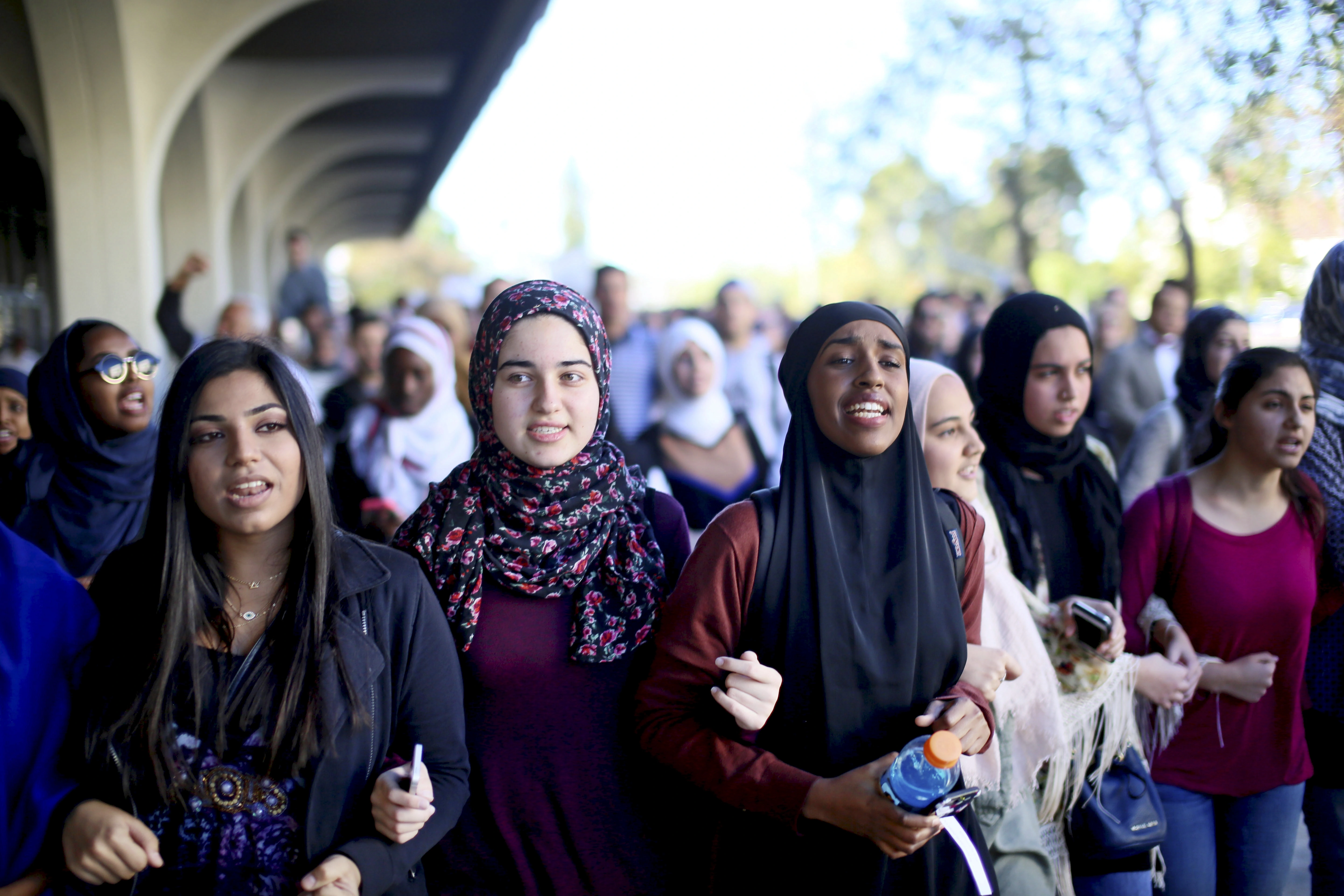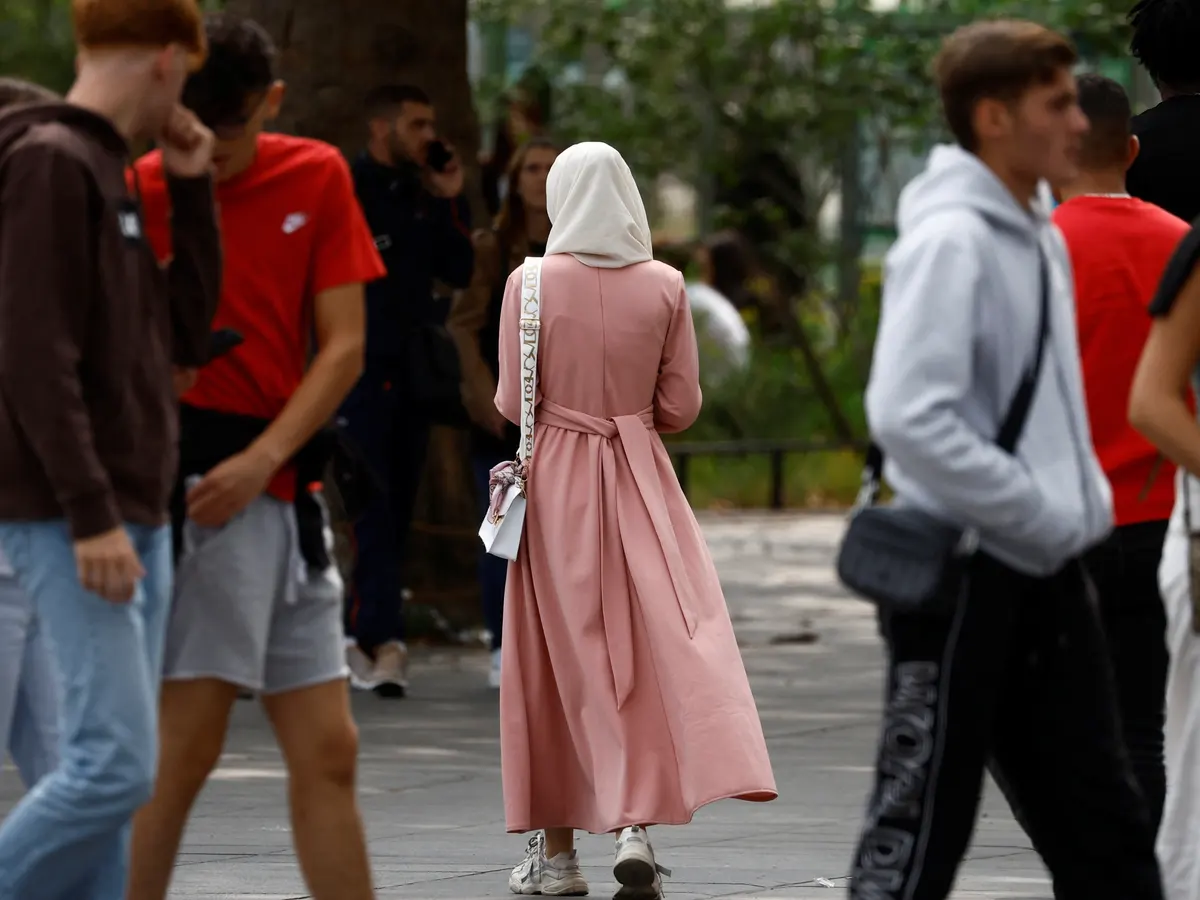France's Abaya Ban in Schools: The Intricacies of Clothing, Culture, and Control

- The abaya, a loose-fitting, full-length robe commonly worn by some Muslim women, has found itself at the center of a cultural and political maelstrom.
- The ban, which aims to uphold France's strict brand of secularism known as "laicité" has raised questions about the limits of state intervention in personal attire and religious expression.
- France's relationship with religious symbols is not new; the country has enforced a ban on religious symbols in state schools since 2004. However, the recent decision to ban the abaya has been met with particular scrutiny. Critics argue that the move is "inherently racist" and targets immigrants, according to Loubna Regui, president of the ELF-Muslim Students of France.
- Clementine Autain, a lawmaker for the France Insoumise party, has gone as far as to label the government's actions as the work of "clothes police," characteristic of an "obsessional rejection of Muslims."
- The French government's stance on the abaya is that it is "obviously" a religious and political symbol. Olivier Veran, a government spokesman, deemed the wearing of the abaya as an act of "proselytizing." However, this perspective is not universally shared.
- "The abaya is known not to be a religious garment. It’s actually a cultural one," says Regui. This sentiment is echoed by academics and leaders of the French Council for the Muslim Faith, who argue that the abaya is often worn for fashion or identity rather than religious reasons.
- To enforce this controversial ban, Education Minister Gabriel Attal announced a large-scale training program. By the end of 2023, 14,000 educational personnel in leadership positions will be trained, and this number will escalate to 300,000 by 2025. The scale and speed of this initiative have raised eyebrows, leading many to question the allocation of resources and the broader implications for educational institutions.
- France's previous bans on religious attire, such as the 2004 ban on headscarves in schools and the 2010 ban on full-face veils in public, have had a divisive impact.
- Sociologist Agnes De Feo warns that the abaya ban will further stigmatize Muslims, particularly young girls who wear the garment as a "teenage expression without consequences."
- While the head of the conservative Les Republicains party, Eric Ciotti, welcomed the move as "long overdue," right-wing politician Eric Zemmour sees it as a "good first step." On the other side, critics like Autain call the move "anti-constitutional," leaving us to ponder, "How far will the clothes police go?"
- The abaya ban in France is more than a mere dress code enforcement; it is a complex tapestry woven from threads of cultural identity, religious freedom, and state control.


The Clothes Police: A New Frontier in French Secularism
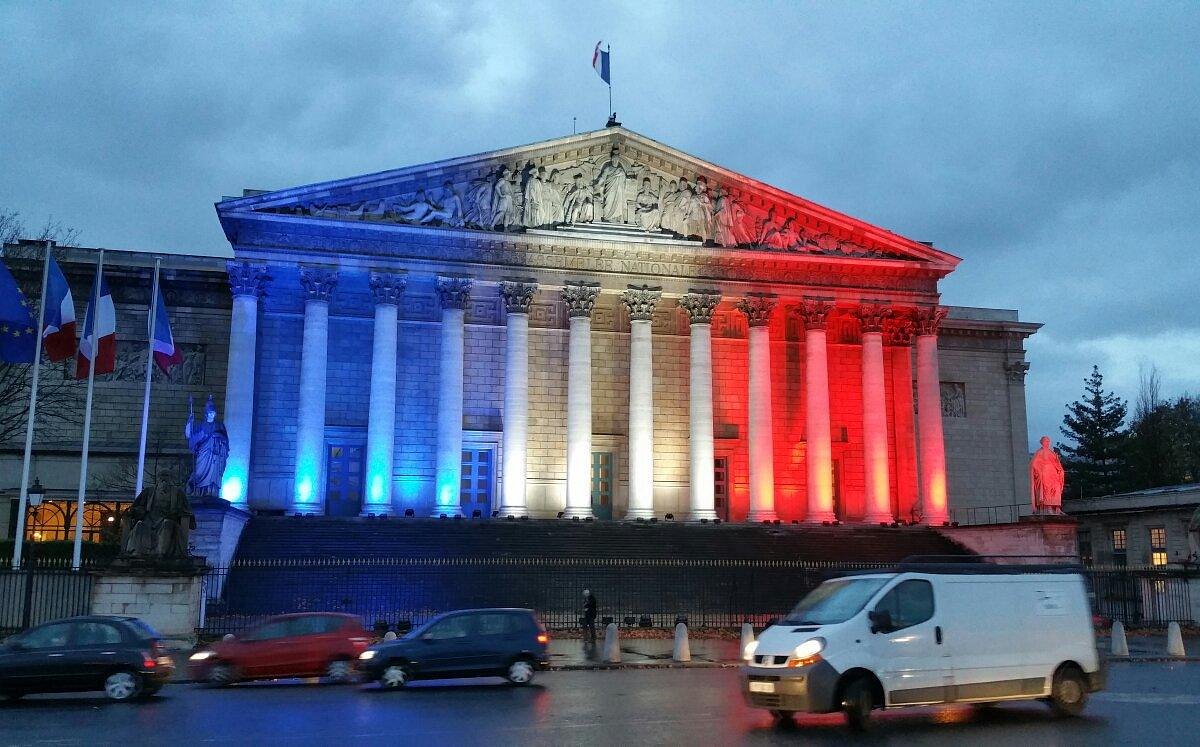
The Abaya: A Cultural or Religious Symbol?
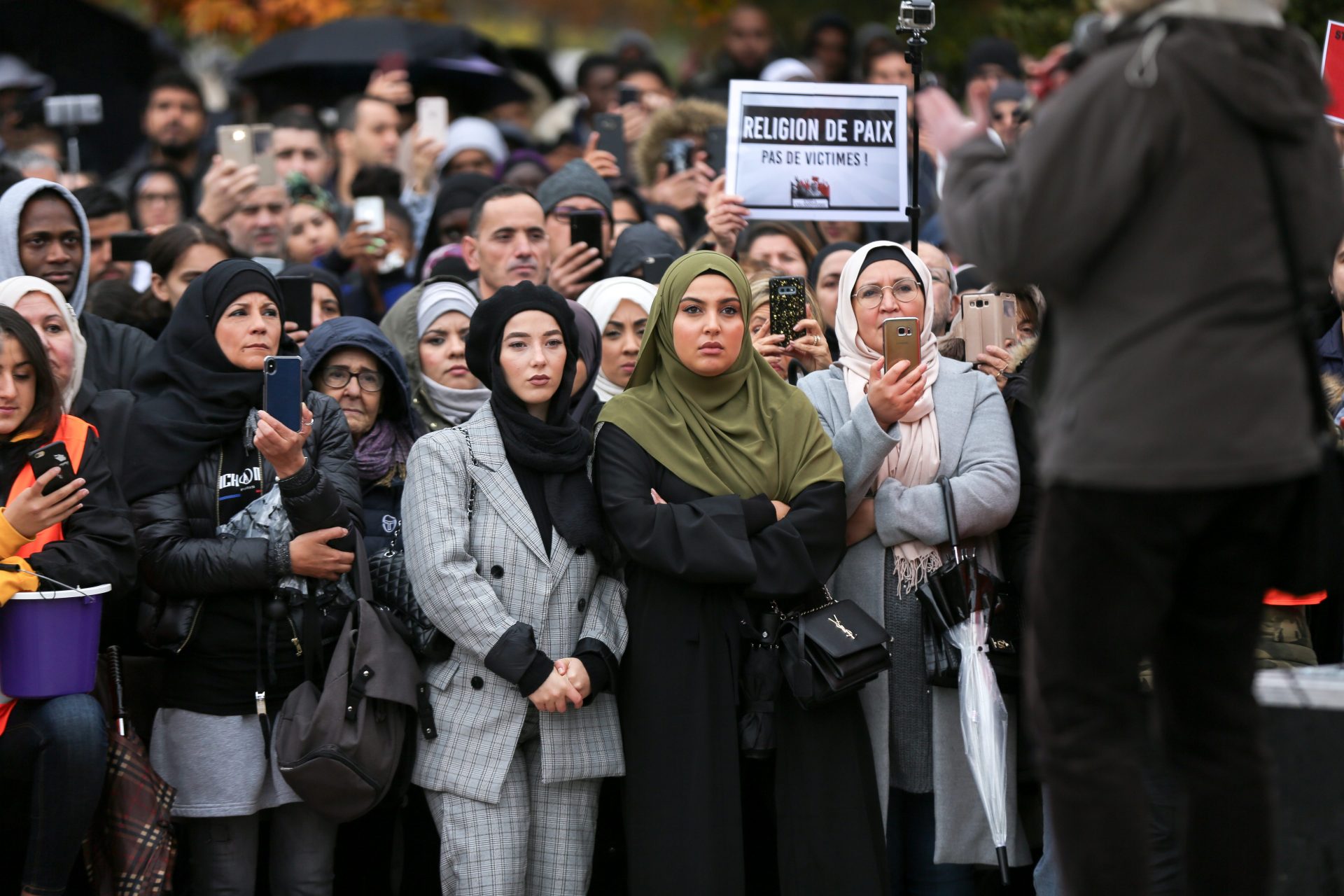
The Training Regimen: An Unprecedented Scale

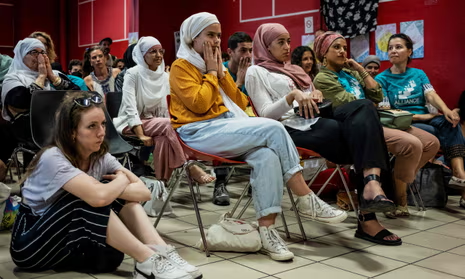
The Ripple Effect: Stigmatization and Segregation
